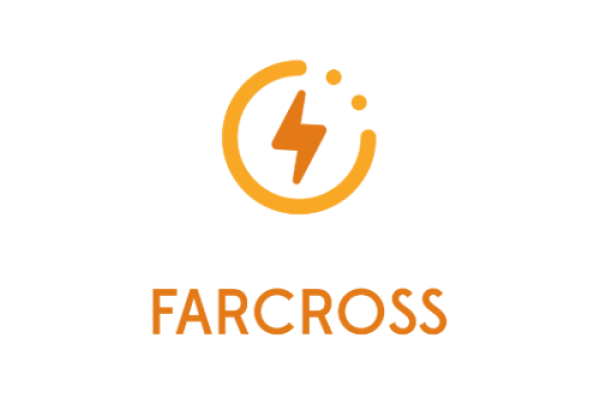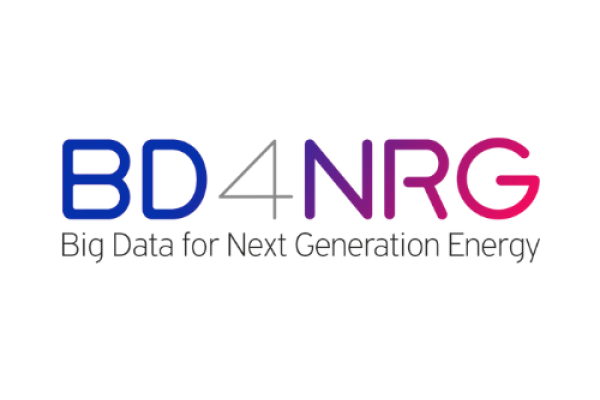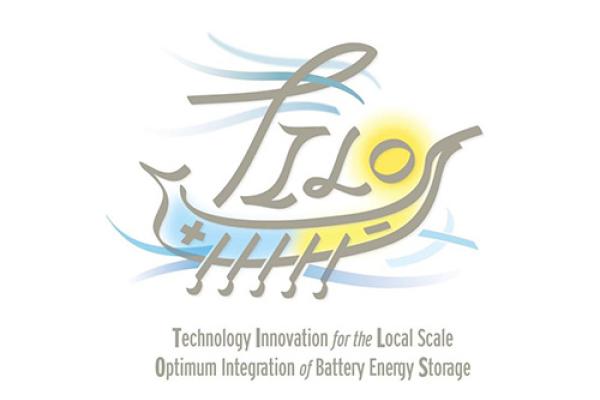TILOS
TILOS (Technology Innovation for the Local Scale Optimum Integration of Battery Energy Storage) aims to demonstrate the optimal integration of local scale energy storage in a fully-operated, smart island microgrid on Tilos island, Greece, that will also communicate with a main electricity grid. The main objective of the project will be the development and operation of a prototype battery storage system, based on NaNiCl2 batteries, provided with an optimum, real-environment smart grid control system and coping with the challenge of supporting multiple tasks, ranging from microgrid energy management, maximization of RES penetration and grid stability, to export of guaranteed energy amounts and provision of ancillary services to the main grid.











